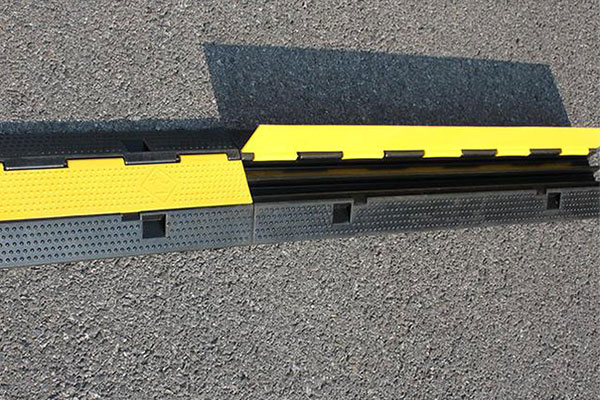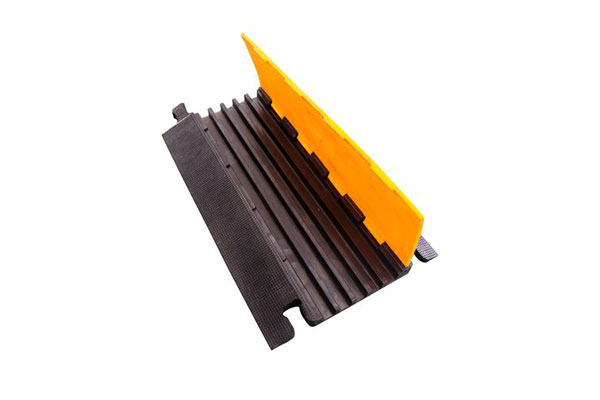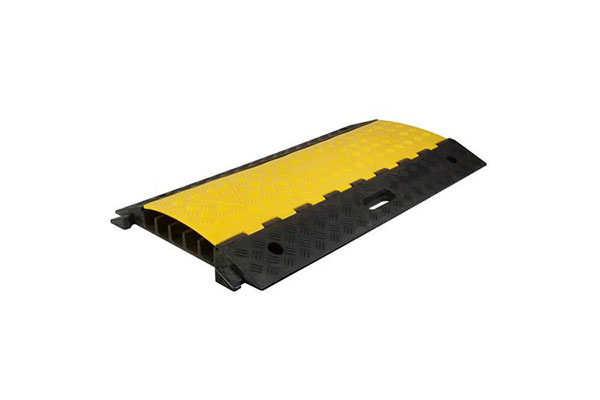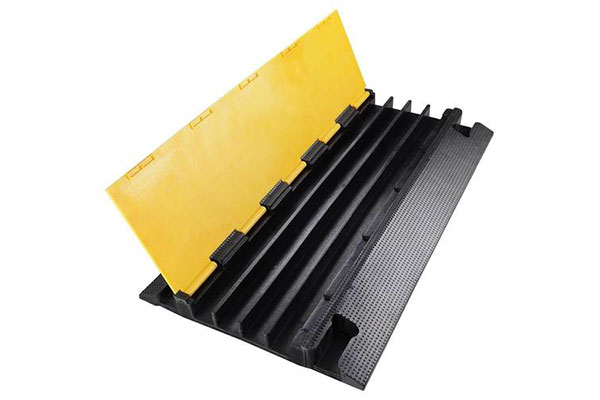Cable Ramps: What You Need to Know
In today’s digital age, the importance of cables and wires cannot be understated. They power our devices, enable internet connectivity, and keep our homes and workplaces organized. However, managing these cables can be a challenge, especially in areas with high foot traffic or where vehicles operate. This is where cable ramps come to the rescue.

What Are Cable Ramps?
Cable ramps, also known as cable protectors or cable covers, are specialized devices designed to protect and manage cables and wires in high-traffic areas. They come in various shapes and sizes, but their primary purpose is to prevent tripping hazards, protect cables from damage, and ensure a safe and organized environment.
Key Benefits of Cable Ramps
- Safety First: The most crucial benefit of cable ramps is their ability to enhance safety. Loose cables and wires can pose a significant tripping hazard, leading to accidents, injuries, and potential lawsuits. Cable ramps provide a level surface over the cables, minimizing the risk of trips and falls.
- Cable Protection: Cables are expensive and critical for maintaining operations in various industries. Cable ramps shield these valuable assets from damage caused by heavy equipment, vehicles, or pedestrian traffic. This protection ensures the longevity and functionality of your cables.
- Organized Workspace: Cable ramps help maintain a neat and organized workspace. They keep cables neatly tucked away, preventing tangles and clutter. A clean and organized environment can also improve productivity and create a positive impression on clients and visitors.
- Versatility: Cable ramps are available in a wide range of sizes and load-bearing capacities, making them suitable for various applications. Whether you need to manage cables in an office, warehouse, construction site, or event venue, there’s a cable ramp to meet your requirements.
Types of Cable Ramps
Cable ramps come in different types, each tailored to specific needs and environments. Here are some common types of cable ramps:
- Heavy-Duty Cable Ramps: These are designed for industrial settings where heavy machinery and vehicles are present. They can withstand substantial loads and provide robust cable protection.
- Light-Duty Cable Ramps: Light-duty cable ramps are suitable for less demanding environments, such as offices or trade shows. They offer protection for cables and wires without the need for extreme load-bearing capacity.
- ADA Compliant Ramps: These cable ramps are designed to meet the Americans with Disabilities Act (ADA) requirements, making them ideal for public spaces to ensure accessibility for all.
- Modular Cable Ramps: Modular cable ramps are customizable and allow you to create a cable management solution that fits your specific needs. They are often used in TV studios, theaters, and live event settings.



Choosing the Right Cable Ramp
Selecting the right cable ramp for your needs is crucial. Consider the following factors when making your decision:
- Load Capacity: Determine the weight and size of the vehicles or equipment that will pass over the cable ramp. Choose a cable ramp with a load capacity that exceeds these requirements to ensure proper protection.
- Cable Capacity: Assess the number and types of cables you need to protect. Some cable ramps have multiple channels, which can accommodate a variety of cables and wires.
- Durability: Ensure that the cable ramp is made of high-quality materials that can withstand the specific environment in which it will be used. Factors to consider include exposure to UV rays, extreme temperatures, and chemicals.
- Installation: Consider the ease of installation. Some cable ramps are designed for quick and simple setup, while others may require more time and effort.
- ADA Compliance: If your application is in a public space, make sure the cable ramp is ADA compliant to provide accessibility for everyone.
- Visibility: Look for cable ramps with high-visibility colors or reflective elements to enhance safety and prevent accidents, especially in low-light conditions.
Maintenance and Care
Proper maintenance and care are essential to ensure the longevity and effectiveness of your cable ramps. Regularly inspect them for damage, wear, and tear. Clean the ramps as needed, especially in environments with high dirt and debris buildup. Store them properly when not in use to prevent damage from UV exposure.
Conclusion
Cable ramps are indispensable tools for maintaining a safe, organized, and efficient working environment. By choosing the right type of cable ramp and following proper maintenance practices, you can ensure the protection of your cables, the safety of your employees and visitors, and the overall success of your operations. Don’t underestimate the importance of cable management – invest in quality cable ramps today.

